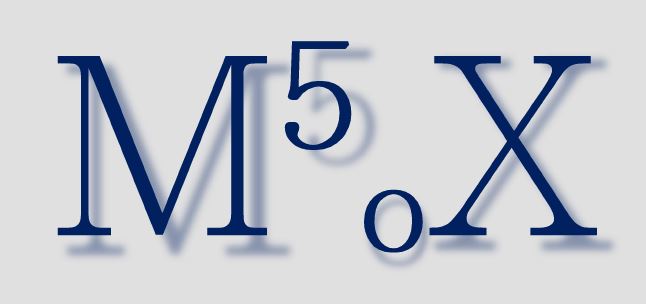Short track
Main research focus is the basic research of perceptual and memory processes. Leading roles in the realm of this research play (a) the investigation of facial and body aesthetics, (b) aesthetic processing of art objects and (c) developing processing models of design appreciation in the sense of dynamics of appreciation.
All our research areas have a clear linkage to applied research as well, documented by my industry-based project with the car industry (BMW, Ford) and other industries related to the outward appearance of humans and the telecommunication branch (France Telecom).
For our basic as well as our applied research, our interests lie in the understanding of dynamic processing instead of only static phenomena (Carbon, 2010b). For instance, for the sake of more ecological valid applied aesthetics, cognitive ergonomics and design research, we have developed, introduced and validated the so-called Repeated Evaluation Technique (RET) (Carbon & Leder, 2005b): RET enables to simulate everyday life experiences and increases therefore the predictability of product success later on the market. The RET has now become a state-of-the-art technique for measuring design appreciation, for instance in the Product Innovation Management sector (Faerber, Leder, Gerger, & Carbon, 2010; Gerger, Leder, Faerber, & Carbon, in press), also by extending standard paradigms such as the “md-IAT” (Gattol, Sääksjärvi, & Carbon, 2011), the Blended Brand Strength Index (BBSI) for assessing companies’ brand qualities (cf. Carbon, 2008b; Leder, Carbon, & Kreuzbauer, 2007) or the Identification Machine for Unique Design Elements (IMUDE).
Our research experience which is based on long-term research experience combined with international high-quality collaborations and guest visits with different universities and research institutes, comprise of several key fields of methodological and experimental expertise, well documented by publications, for instance: Eyetracking (Carbon, Hutzler, & Minge, 2006; Gattol, Ditye, Carbon, & Hutzler, 2007; Windhager et al., 2010), EDA/SCR (Carbon, Michael, & Leder, in press), EEG (Carbon et al., 2005), and MEG (Lueschow et al., 2004). Furthermore, EPÆG develops new techniques assessing implicit measures of humans’ behavioral programs, such as Posturography, and Complex body movement assessment.
